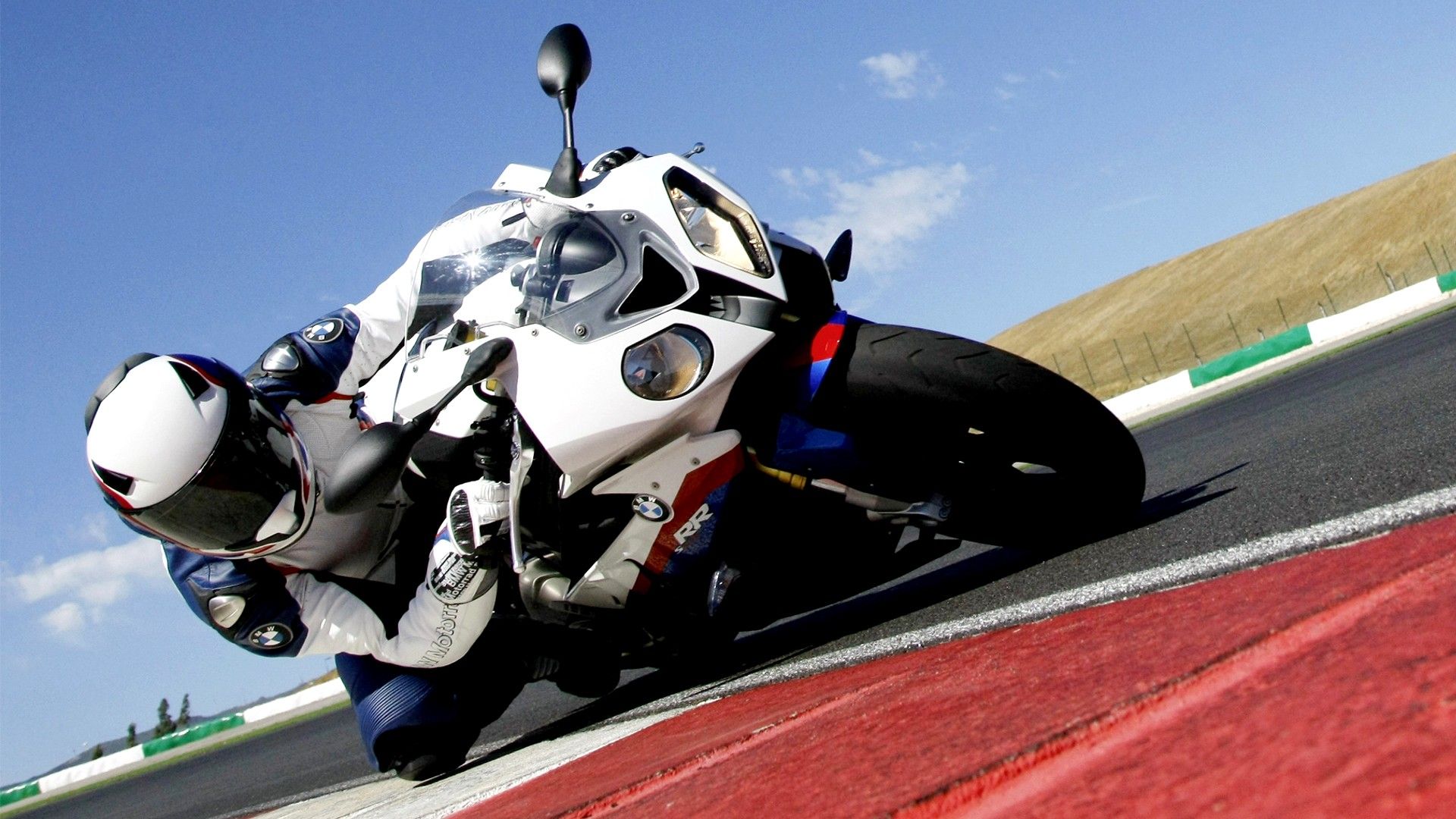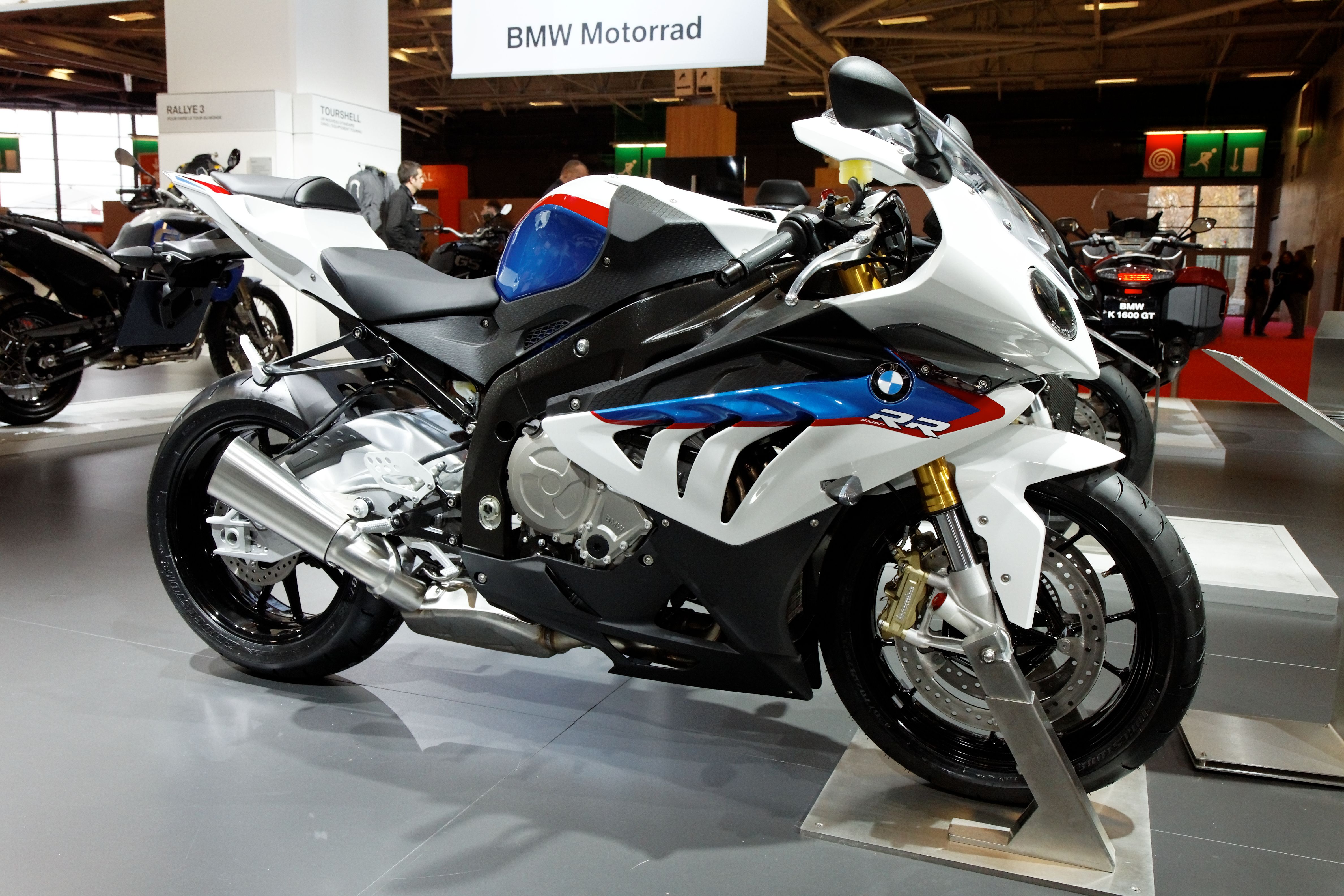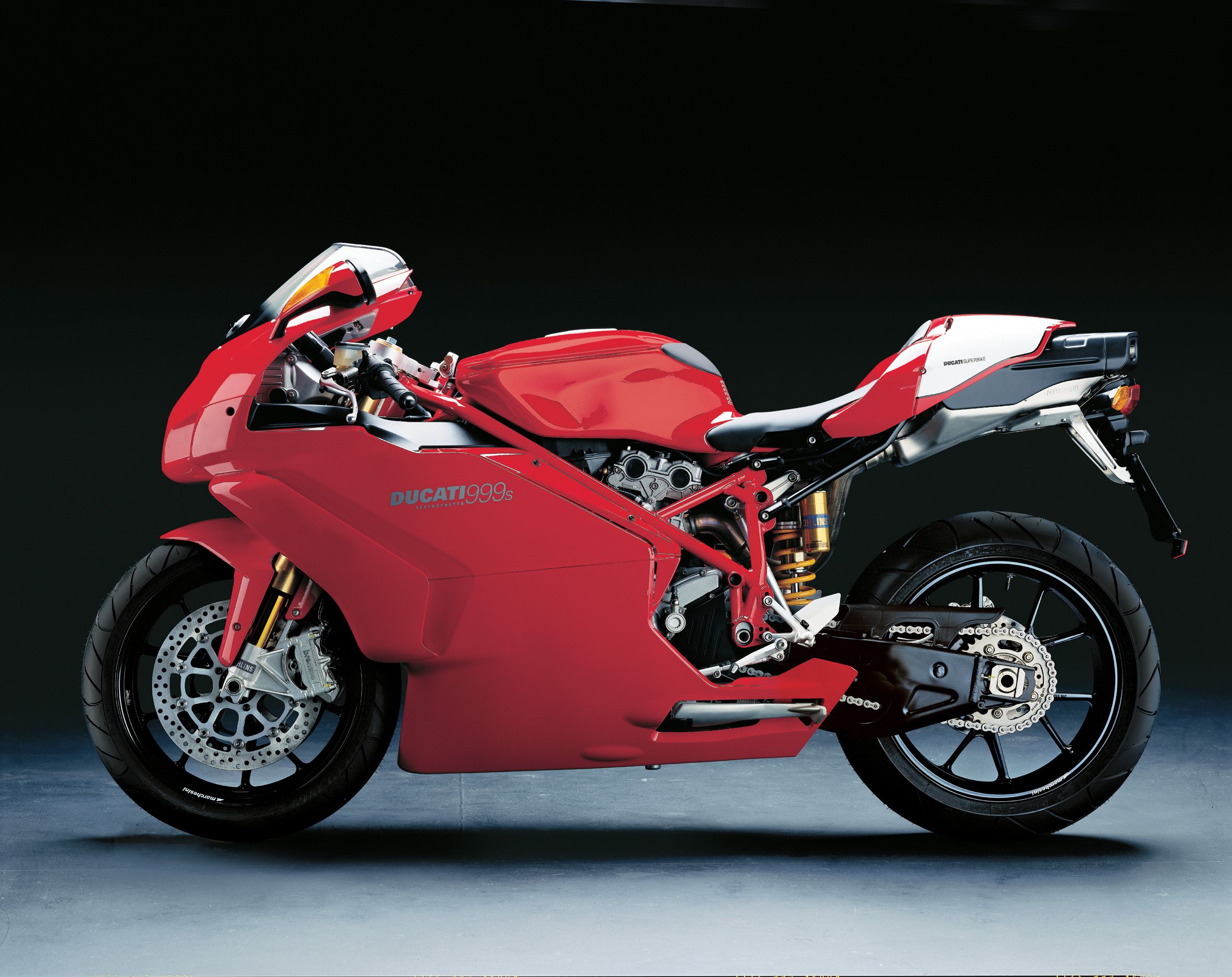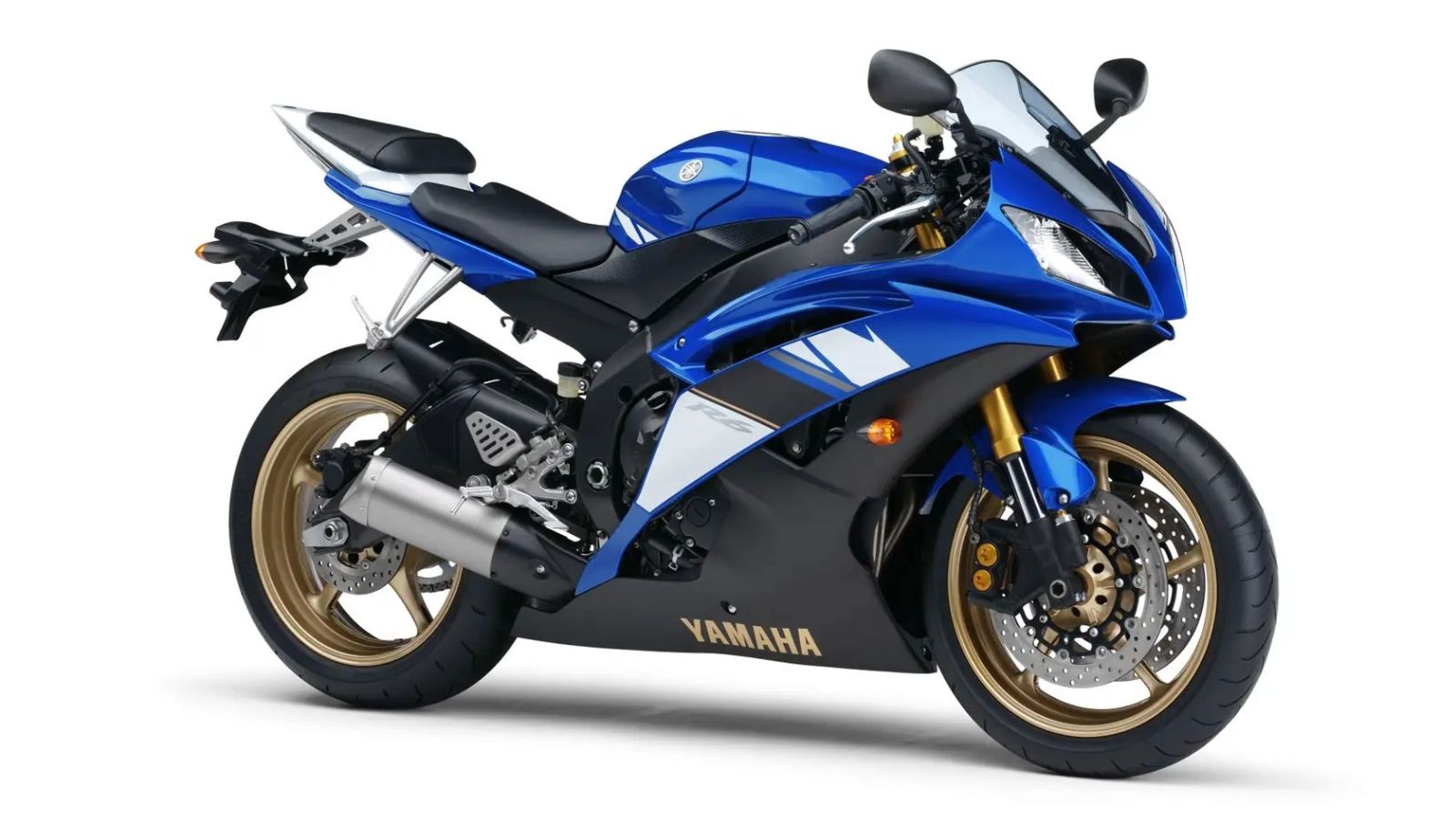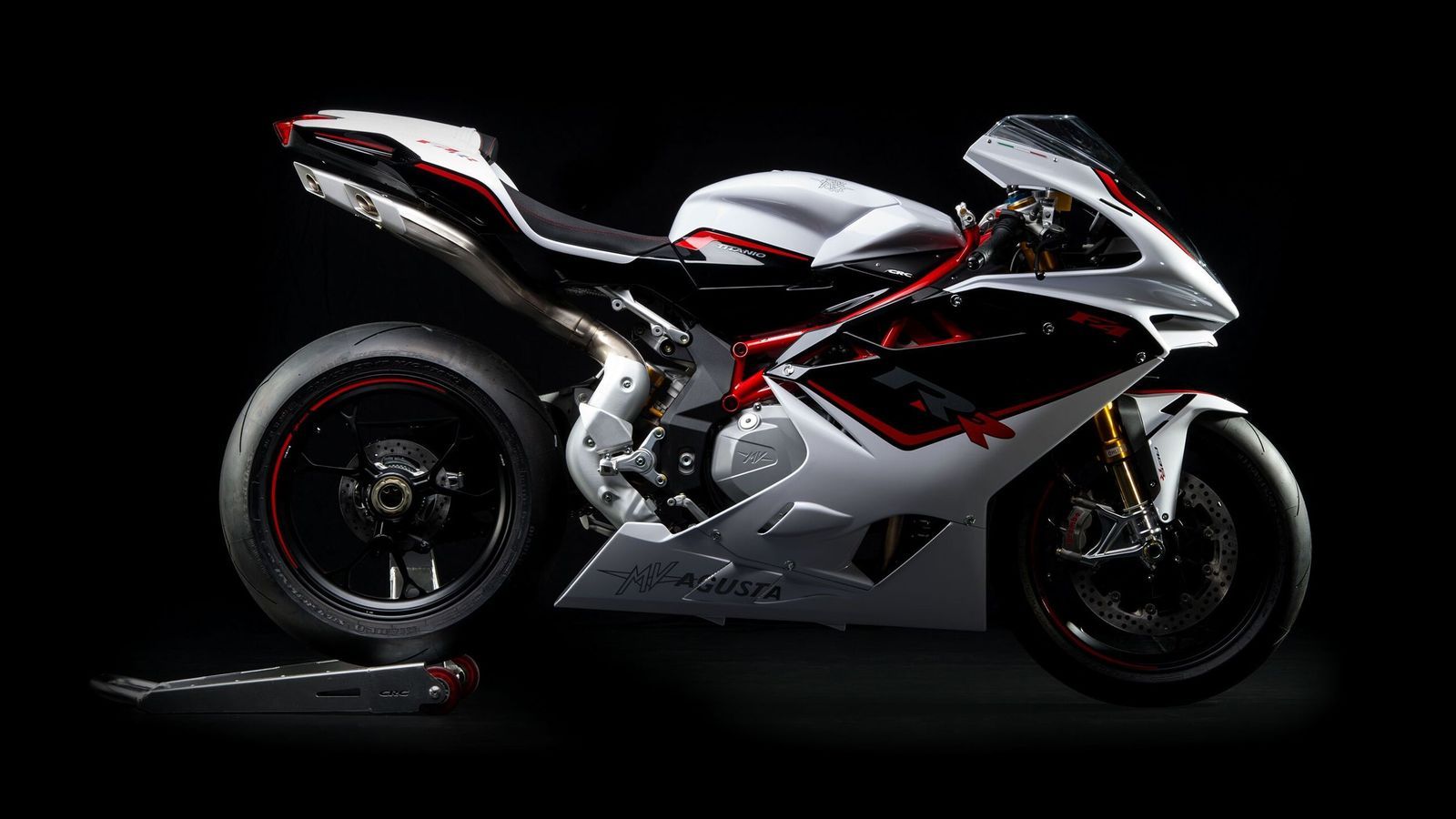The modern sport bike market of today is a vast one featuring some great, performance-oriented machines that can give elite supercars a run for their money. While it can be safely assumed that owning one of these top-of-the-line motorcycles is on every biking enthusiast’s bucket list, there are very few who can actually realize this dream. The reason is simple – most high-performance sport bikes cost an arm and a leg to own. One could buy themselves a pretty decent sedan for the same kind of money – and that’s exactly what most people end up doing (read: life happens).
To break this cycle of unfulfilled desires, one of your best bets is to go for a used sport bike. Used sport bikes, if in good condition, can make you experience the same thrills of a new machine right off the showroom floor, but at a much more accessible price point. The problem is that the used sport bike market is saturated with nearly three decades of existing different makes and models. Here, we have compiled a brief list of 5 used sport bikes that you should readily consider buying, and 5 that should be avoided at all costs.
We have compiled this list looking at data from Motorcycle News and Cycle World. We have also referred to official manufacturer websites for the bikes featured here.
10 Buy: 2006-2009 Honda CBR1000RR Fireblade
For the most part, the iconic Honda CBR1000RR has always been known as one of those rare machines that just seem to get things right where they matter. At its core, the CBR100RR was always a preppy, free-revving machine that still remains a fan-favorite up to this day. Considered by many to be the best in terms of road handling and comfort, the bike was relatively easier to ride than most other liter-bikes of the era too.
While a 2023 Honda CBR1000RR will loosen your pockets by about $16,500, you can find older year models for less than half that price. An eighth-generation 2006 CBR1000RR can be had for as low as $4,800, while a 2008 model, which famously introduced a newly-designed, better-performing engine on the bike, can be bought home for about $6,000.
Pros:
- Beginner-friendly and easy to ride
- Well-rounded in almost all aspects
- Good aftermarket support
Cons:
- Limited rider aids
- No stock gear indicator on models prior to 2009
- Some older models had annoying crankshaft noise issues
9 Avoid: 2005 Hyosung GT650R
Hyosung, the Korean company best known for manufacturing affordable, lightweight motorcycles and scooters, has never really had any one product in its lineup that is considered unanimously iconic. However, neither has there been any Hyosung bike that was lambasted by everyone – except the 2005 Hyosung GT650R. Labeled by many as an ‘ugly’ bike with its boxy design reminiscent of bikes that were produced at least a decade ago in the early and mid-90s, this is one of those used bikes that you will do well to avoid – even if you’re getting it for peanuts.
So, what is it that is terribly wrong with the 2005 Hyosung GT650R? Well, for starters, the bike’s transmission is reported to be a fuzzy one that requires precise operation from the rider, and even so the bike is known to drop gears at times. The brake and clutch levers are also reported to have absolutely no feel to them. Furthermore, overall fit and finish is questionable, with loose mounts, poorly-designed foot pegs and a lot of dodgy, unbranded components.
Pros:
- Decent engine core with broad power range
Cons:
- Unimpressive, boxy silhouette
- Unreliable transmission
- Poor fit and finish
8 Buy: 2012-2014 BMW S 1000 RR
Back in 2009, BMW Motorrad took the world by storm with the introduction of the spanking new BMW S 1000 RR. Effectively raising the bar for all high-performance bikes of that period in general, the S 1000 RR featured the most advanced electronic aids to ever grace a motorcycle, including stock ABS and ‘Dynamic Traction Control’ for the first time ever on a street-legal sport bike.
For the 2012 model, BMW refined electronics even further with the updated ‘BMW Motorrad Race ABS’, alongside improved traction control and throttle response. In fact, the 2012-2014 production run of the S 1000 RR basically saw minor improvements across the board – power delivery, suspension, riding precision, and even more color options to choose from. For these reasons, if you can get your hands on a reasonably priced S 1000 R from 2012-2014, you should grab it without a second thought.
Pros:
- Excellent electronics and rider aids
- Powerful, with four distinct power modes
- Fast and agile
Cons:
- Slight handlebar vibration
- Expensive spares
7 Avoid: 2003 Ducati 999
Massimo Tamburini has been credited with designing some of the most iconic Ducati bikes, including all the super-sport entries in the manufacturer’s lineup – the 916, 996 and 998 – up until the Ducati 996 was introduced in 2003. The 999 was designed by Pierre Terblanche, and upon its introduction in the market, it was considered to be one of the ugliest Ducati designs ever. Over time, the bike has been relegated to a choice only for the few who classify themselves as true Ducati connoisseurs.
For everyone else, the 2003 Ducati 999’s unimpressive design is further hampered by poor reliability, build quality and high service costs. The 2003 model was known to demand an excessive amount of care, and parts were known to break down and disintegrate even with the slightest of neglect, although successive iterations of the bike did resolve this issue to some extent. Ride quality on the bike is also nothing to write home about with what most consider to be a very uncomfortable, stretched-out riding position.
Pros:
- The ‘Ducati’ name
- Good performer on the track
Cons:
- Unimpressive design
- Poorly constructed components
- High maintenance costs
6 Buy: 1998 Honda VFR800 (Interceptor)
While newer models of the Honda VFR800 are considered to be more in the mold of being ‘sport tourers’, the original 1998 model was built as a thoroughbred sports bike. With a powerful 786cc liquid-cooled, four-stroke DOHC V4 engine under its proverbial hood, the 1998 Honda VFR800 is a bike that can perform as well on the track as it can across a long-distance tour. An upright seating position means that the rider will feel equally comfortable in either situation.
A used, original 1998 Honda VFR800 is a steal for anything below $5000, and with a bit of digging around, you can indeed find one for around that price. What you get is a bike that is genuinely capable in most kind of riding situations, and one that is nimble enough to entertain riders through it all. Do bear in mind to check the bike’s electricals before finalizing a purchase, especially that its ‘Combined Braking System’ is in working order as it was known to be a bit tricky back in the day.
Pros:
- A genuine ‘all-rounder’ bike
- Excellent Honda reliability
- Decent stock equipment for the time
Cons:
- Could be tough to find one in good condition
5 Avoid: Suzuki GSX250R
While there are no inherent faults with the Suzuki GSX250R, we would still advice you to avoid buying a used one, despite the model-year. The reason for this is that the GSX250R is more of a commuter bike masquerading in sports bike attire. Although the bike is designed as a typical sports bike, the underwhelming 250cc engine is just not powerful enough to give the bike actual track credentials.
Besides, the Suzuki GSX250R doesn't hold up in terms of performance when compared to the likes of competing bikes like the Honda CBR300R which features longer gearing. So, if you are looking to purchase a bike that can tear up the track in reality, look elsewhere.
Pros:
- Good for commuting
- Suzuki reliability
Cons:
- Not powerful enough for the track
- Mediocre performance and ride quality
4 Buy: 2006-2009 Yamaha YZF-R6
For sport bike purists looking to hit the track on a regular basis, the Yamaha YZF-R1 is just about the ideal pick. Quite contrary to being a comfortable and practical commuter, the YZF-R6 was always thought of as one of the fastest and most potent 600cc sport bikes for the track. In 2006, the bike was overhauled completely, with an improved engine, chassis, and suspension. In fact, successive iterations of the bike remained largely the same with a few minor additions.
The 2006-2009 Yamaha YZF-R6 models are considered by many as not just the best-era R6s, but also just one of the best track-focused middleweight sports bikes in general. The only thing to consider when buying a used R6 is that this is a super-fast bike that can easily bring harm to inexperienced riders – a degree of caution is advised.
Pros:
- A great bike to race on the tracks
- Hair-splitting top-end power
- Good chassis and handling
Cons:
- Super-fast, not made for inexperienced riders
- Awful for commuting in traffic
3 Avoid: 2012-2017 Kawasaki Ninja 300
Since its announcement in 2012, and consequent U.S. market entry in 2013, the Kawasaki Ninja 300 has sold well, and developed a reputation for being a great ‘Mini-Ninja’ perfectly suitable for new riders. However, if you are buying a sport bike with exciting speed thrills in mind (why else would anyone buy a sport bike?), then many might find the Ninja 300 lackluster, despite it still commanding a high price even for used models.
Much like the Suzuki GSX250R featured earlier on this list, the Kawasaki Ninja 300 is also a decent used buy in its own rights, just not made for those who are looking for a sport bike that is actually powerful enough to compete on the tracks. Moreover, competing rivals like the Yamaha YZF-R3 and KTM RC390 offer a much-better package than the Ninja 300 in terms of raw performance.
Pros:
- A2-license compliant
Cons:
- Underwhelming displacement
- Uncomfortable for pillion rider
- Better alternatives available
2 Buy: 2006 Kawasaki Ninja ZX-6R
The Kawasaki ZX-6R has always been known as a solid bike through the years. What makes the 2006 version of the bike such a special used buy is its liquid-cooled 636cc inline-four engine which was replaced with a 599cc competition-regulation version only after a year in 2007. Also, the 2006 ZX-6R also resembles its 1000cc sibling the most – even up to this day.
What you can expect to get by picking up a used Kawasaki Ninja ZX-6R is a solid mid-range sport bike that possesses a powerful and reliable engine that’ll keep you satisfied for the most part. Alongside 130 horsepower and 51 pound-feet of torque to boot, the bike also boasts an excellent suspension setup, a race-worthy back torque limiter, and even a decent LCD instrumentation panel up front. Interested enthusiasts can check current prices for a used Kawasaki Ninja ZX-6R here.
Pros:
- Powerful engine with good performance across the board
- Superb handling
- Decent electronics for the time
Cons:
- Some owners report throttle issues
1 Avoid: 2013 MV Agusta F4 1000
For the final entry on this list, we have the MV Agusta F4 1000. While a well-received bike that can be rationally considered as a used buy, why we would avoid the F4 1000 all the same is because its service and maintenance costs are quite high, and skimping on these even slightly can lead to serious long-term problems with the bike – it demands exceptional care.
It is also widely accepted that the original F4 1000s engine is tuned in such a way that the bike demands to be ridden fast at all times. At lower speeds, it suffers from stiffness and feels clunky to ride. So, ultimately, even if you can find a 2003 MV Agusta F4 1000 at an affordable price point, the truth is that there are many similar Japanese sport bikes that can offer better performance for the same money.
Pros:
- Solid engine with good displacement
Cons:
- Much better alternatives available
- Stiff and unresponsive at low speeds
- Very high maintenance costs

